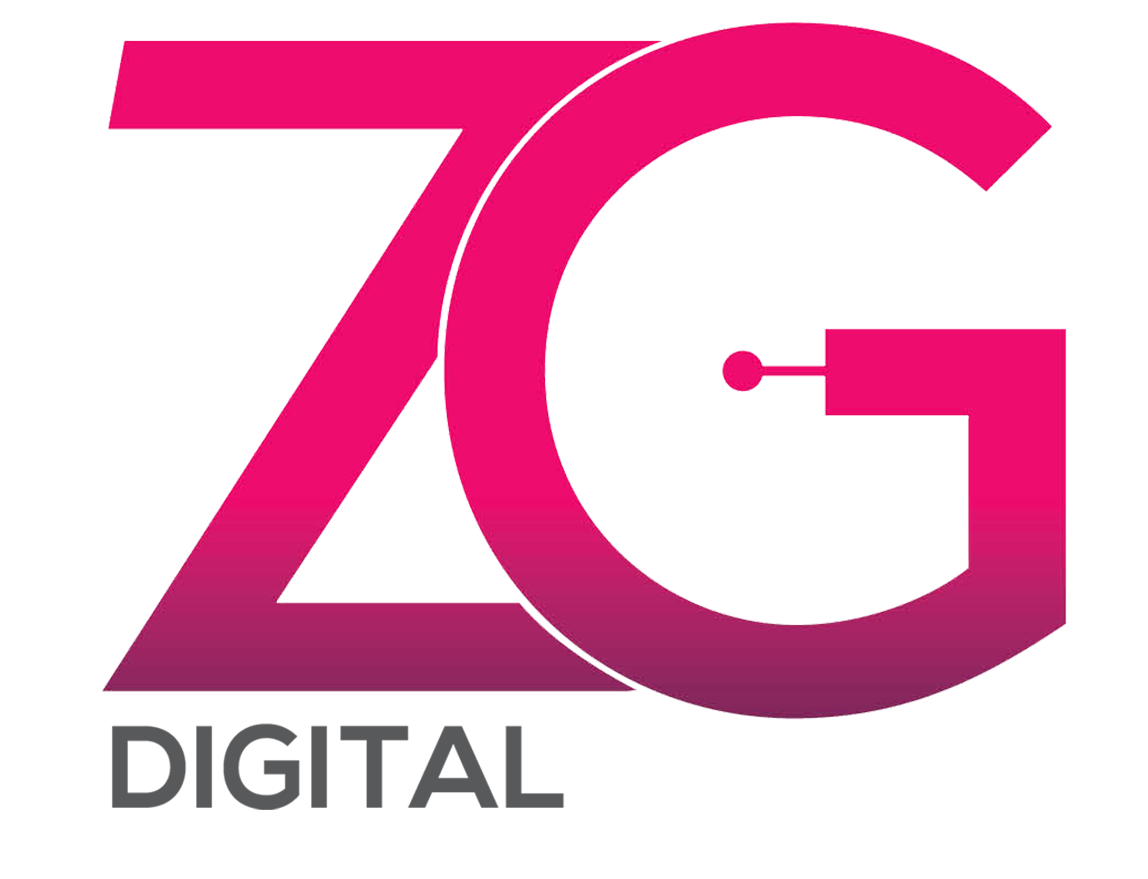
In the highly competitive landscape of online business, driving traffic to your website is only half the battle. The ultimate goal is to convert visitors into customers, subscribers, or leads. This is where conversion rate optimization (CRO) comes into play. CRO focuses on improving the performance of your website by increasing the percentage of visitors who take a desired action, such as making a purchase or filling out a contact form. explore some effective tips for optimizing your website’s conversion rate.
Conduct User Research

The foundation of any successful CRO strategy is a deep understanding of your target audience. Conduct user research to gain insights into their needs, preferences, and pain points. Use tools like surveys, heatmaps, and session recordings to understand how users interact with your website and identify areas for improvement.
Optimize Your Call-to-Action (CTA)

Your call-to-action (CTA) is a critical element that prompts visitors to take the desired action. Optimize your CTAs by making them clear, compelling, and prominently displayed. Use action-oriented language and visually appealing buttons to encourage clicks. Test different CTA placements, colors, and wording to see what resonates best with your audience.
Improve Website Loading Speed

A slow-loading website can significantly impact your conversion rate, as impatient visitors are likely to abandon the site before completing the desired action. Optimize your website’s loading speed by minimizing image sizes, leveraging browser caching, and using a content delivery network (CDN). Tools like Google PageSpeed Insights can help identify performance bottlenecks.
Streamline the Checkout Process

For e-commerce websites, the checkout process is a critical stage where conversions can either soar or plummet. Streamline the checkout process by minimizing the number of steps required to complete a purchase, offering guest checkout options, and providing multiple payment methods. Eliminate any unnecessary form fields and clearly indicate progress to reduce friction and improve conversion rates.
Implement A/B Testing

A/B testing (or split testing) is a valuable technique for optimizing website performance by comparing two or more versions of a page to see which one performs better in terms of conversions. Test different elements such as headlines, images, CTA buttons, and page layouts to identify what resonates best with your audience. Continuously iterate and refine your website based on test results.
conclusion

conversion rate optimization is a continuous process that requires ongoing experimentation, analysis, and refinement. By implementing these tips and best practices, you can improve your website’s performance, increase conversions, and ultimately achieve your business goals. Remember to prioritize user experience, test different strategies, and stay informed about industry trends to stay ahead of the competition.







